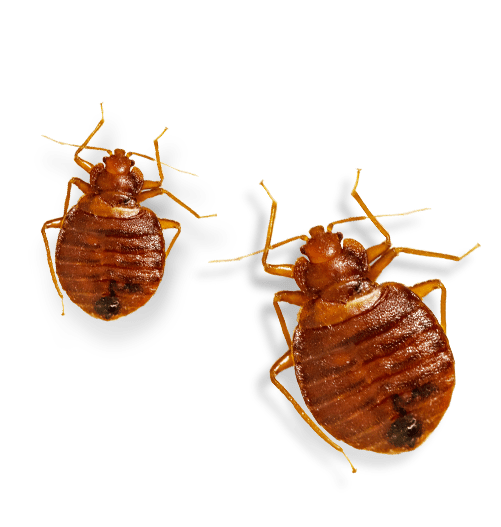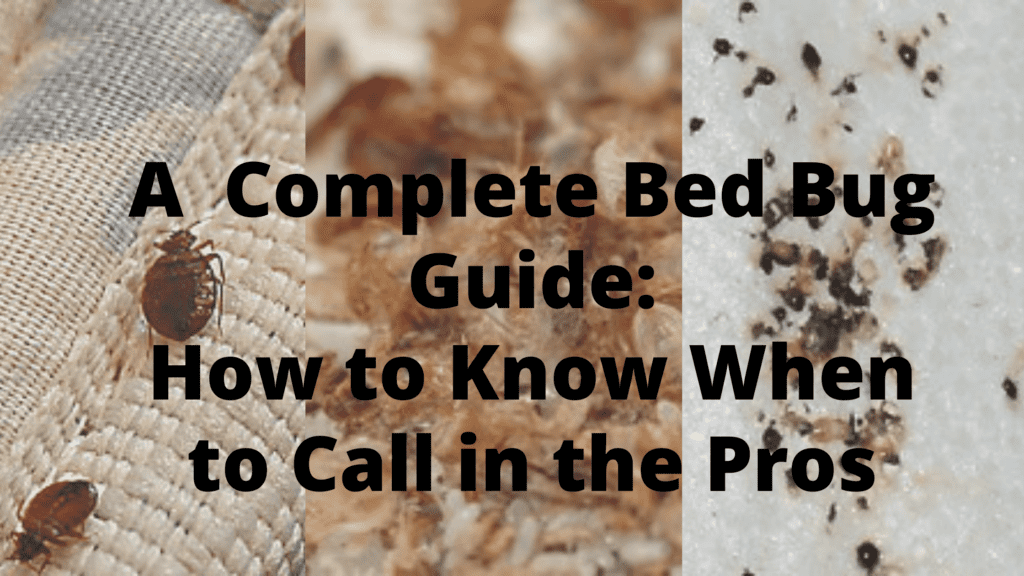Trusted Bed Bug Exterminator for Fast and Safe Elimination
Trusted Bed Bug Exterminator for Fast and Safe Elimination
Blog Article
Obtain Informed Regarding the Sorts Of Bug Control Approaches and Their Benefits for Home Owners
Recognizing the various pest control methods offered to homeowners is crucial for effective insect administration. Homeowners that are educated can make calculated choices that not only address parasite problems however also improve the overall top quality of their living environment.
Chemical Bug Control Techniques
Chemical bug control approaches are a crucial component of incorporated bug monitoring techniques for property owners looking for reliable remedies to pest invasions. These techniques involve the application of chemical compounds designed to eliminate or hinder pests that threaten personal effects, health and wellness, and convenience. Usual chemicals used consist of insecticides, rodenticides, fungicides, and herbicides, each customized to target specific bugs.
The main advantage of chemical parasite control is its rapid efficiency; numerous solutions offer instant results, reducing pest populaces considerably in a short time. Additionally, developments in chemical solutions have resulted in items that are a lot more ecologically friendly and have reduced toxicity degrees for non-target organisms when used properly.

Biological Insect Control Methods
All-natural pest control approaches have actually acquired prominence as property owners look for more secure and extra sustainable choices to standard chemical strategies. Organic parasite control strategies utilize natural predators, bloodsuckers, or pathogens to manage insect populaces properly. This method is not just eco-friendly however also reduces the risk of damage to non-target species, consisting of valuable insects and wildlife.
One of the most usual biological control techniques includes introducing all-natural predators right into the environment. Ladybugs can be made use of to control aphid populations, while nematodes target soil-dwelling parasites like grubs. In addition, parasitoids-- organisms that survive on or within a host-- can be used to regulate particular insect varieties by laying eggs inside them, inevitably causing their demise.
Another method is making use of biopesticides, which are originated from all-natural materials such as microorganisms, minerals, or plants (bed bug exterminator). These products can properly target bugs while presenting minimal danger to people and animals. Generally, biological bug control strategies supply homeowners with a reliable methods of bug monitoring that aligns with environmental principles, advertising a healthier living setting while reducing reliance on synthetic chemicals
Mechanical Insect Control Approaches
Mechanical bug control strategies encompass a range of approaches that physically stop or eliminate bugs without using chemicals. These strategies are especially advantageous for home owners looking for eco pleasant choices while making sure the security of their living spaces.
One usual method is using obstacles, such as traps, internet, and displays, which avoid pests from entering homes or certain areas. For example, setting up home window displays can effectively maintain insects out, while rat poison making use of physical obstacles around yards can prevent bigger pests like deer or bunnies. Additionally, mechanical catches designed for rats can catch and remove these bugs without the demand for harmful materials.
One more reliable method includes the usage of vacuum cleaners and mops to remove bugs directly from surface areas. Normal cleansing and upkeep can considerably lower parasite populaces by removing food sources and concealing places. Additionally, utilizing devices like ultrasonic insect repellents can prevent numerous pests through acoustic wave that are unpleasant to them but inaudible to people.
Social Bug Control Practices
Cultural pest control methods concentrate on modifying the atmosphere and administration techniques to create problems that are less conducive to pest problems. These practices are fundamental in preserving a well balanced community and reducing the dependence on chemical treatments. By altering agricultural techniques, home owners can successfully hinder bugs while advertising plant health and wellness.
One typical strategy consists of crop turning, which disrupts the life cycles of pests by changing the sorts of plants grown in a particular area (bed bug exterminator). This not only minimizes pest populations but also improves dirt wellness. In addition, intercropping-- growing varied plants in distance-- can puzzle insects and decrease their ability to locate their preferred host plants
Water monitoring is an additional critical aspect of social techniques. Appropriate irrigation techniques can prevent standing water, which offers as a reproduction ground for insects and other insects. Maintaining sanitation in and around the home, such as on a regular basis eliminating debris and food waste, can dramatically minimize pest destination.
Integrating these cultural techniques into a comprehensive bug administration strategy permits house owners to create a setting that naturally hinders bugs, consequently enhancing the performance of other control approaches while advertising sustainable horticulture and landscaping.

Integrated Insect Monitoring Approaches
Integrated Pest Administration (IPM) stands for an all natural approach that integrates numerous approaches to effectively handle bug populaces while decreasing ecological influence. This bed bug treatment methodology integrates biological, cultural, physical, and Homepage chemical practices to accomplish sustainable insect control. By examining pest populaces and their natural opponents, IPM highlights tracking and determining bugs prior to carrying out control procedures.
Among the core principles of IPM is making use of thresholds, which establish the level of pest task that necessitates treatment. This makes sure that therapies are applied only when necessary, reducing the reliance on chemical pesticides. Organic control approaches, such as presenting natural predators or bloodsuckers, job in combination with cultural practices like plant turning and environment control to disrupt pest life cycles.
Furthermore, IPM urges making use of least-toxic chemical choices when treatment is required, prioritizing items that pose marginal threat to non-target microorganisms and the setting. For homeowners, adopting IPM approaches not just enhances the effectiveness of pest administration yet also promotes a much healthier living atmosphere, cultivating biodiversity and lowering chemical direct exposure. Eventually, IPM empowers house owners to make educated choices that stabilize insect control with ecological duty.
Conclusion
Finally, recognizing the various pest control approaches encourages home owners to make informed decisions pertaining to pest monitoring. Each strategy-- chemical, biological, mechanical, cultural, and incorporated bug management-- offers unique advantages that provide to different needs and choices. By selecting suitable approaches, home owners can successfully handle insect populations while decreasing health threats and environmental effects. This enlightened approach adds to a healthier living atmosphere, promoting general wellness for family pets and family members alike.
Understanding the numerous pest control methods readily available to home owners is essential for reliable parasite administration.Chemical bug control methods are a vital component of incorporated parasite monitoring approaches for homeowners looking for efficient remedies to pest infestations. Overall, organic parasite control methods supply homeowners with an effective methods of parasite administration that aligns with environmental concepts, promoting a much healthier living atmosphere while reducing dependence on synthetic chemicals.
Social insect control practices concentrate on modifying the atmosphere and management strategies to create problems that are less helpful to pest infestations.In verdict, comprehending the numerous insect control approaches empowers home owners to make educated choices concerning pest monitoring.
Report this page